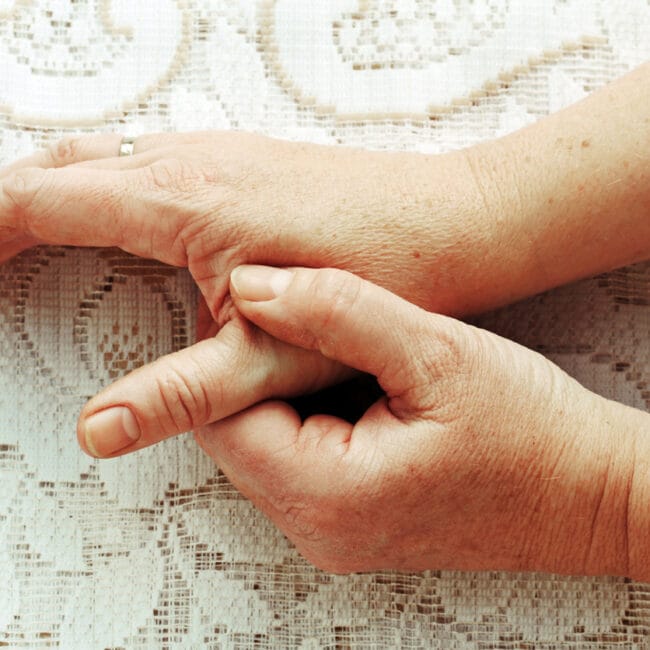Hamstring injuries are one of the most commonly seen injuries on our physio tables. So why do they occur so frequently? Kevina Reel, our Chartered Physiotherapist from our clinic in Mallow discusses…
The hamstring muscle group has three main muscles. These are bicep femoris, semimembranosus and semitendinosus. Hamstring strains are common injuries that occur in sprinters and sports involving sprinting such as soccer and hockey. Injuries usually occur when the hamstring suddenly stretches or rapidly contracts against resistance. There are several pre-disposing factors for hamstring strains:
Previous Injury
Previous hamstring injury is a huge risk factor for re-injury. This may be due to poor strength in the muscle or due to inadequate rehabilitation of the original injury. Also, previous groin, hip, low back or calf injuries may predispose to hamstring injuries.
Age
There is an increased risk of hamstring injury with increasing age. Muscles degenerate with age meaning muscle size and mass decreases correlating to a decrease in strength. Spinal degeneration causing nerve root problems may also lead to hamstring problems.
Flexibility
Research has shown there is a definite link between hamstring muscle tightness and development of a hamstring muscle injury. Studies in the U.K showed that more hamstring injuries occurred in soccer teams that did not stretch very often, compared with those that did stretch.
Strength
Decreased strength is a significant predictor of a hamstring injury. Decreased strength may due to previous injury.
Lumbar and Pelvis Stability
The hamstring muscle group attach to the pelvis and so pelvic tilt positon may have an effect on risk of hamstring injury. Changes in the position of the pelvis will cause changes in hamstring length. Improvements in core stability may reduce the risk of recurring hamstring injuries. It is important to incorporate core strengthening in hamstring rehabilitation.
Prevention of Injury
Stretching
It is important before beginning sport to do a gentle warm up which should include stretching the major muscle groups- quads, hamstrings, calf and groin. Hamstring stretches can be done as follows.
In standing or lying, keeping knees soft and bending forwards from the hip. Stretches should be held for 20 to 30 seconds. No bouncing.
Strengthening
Increasing strength in weaker hamstrings can lower injury. The hamstrings can be strengthened in many ways
Hamstring curls on a swiss ball- Beginning with legs straight out, bottom lifted off the mat and curling ball towards bottom. This should be repeated 10-12 times.
Bridging- Begin lying on your back and slowly raise your body up squeezing your bottom at the end of range holds for 10 seconds and lower down. Repeat 10- 12 times.
Prone curls in gym repeated 10-12 times.
Eccentric strengthening- Get another person to hold your feet and slowly lower your body to the ground.
If you would like to find out more about hamstring injuries please click here. If you would like to find out more about the author of this article, Kevina Reel, you may visit Our Team page.










